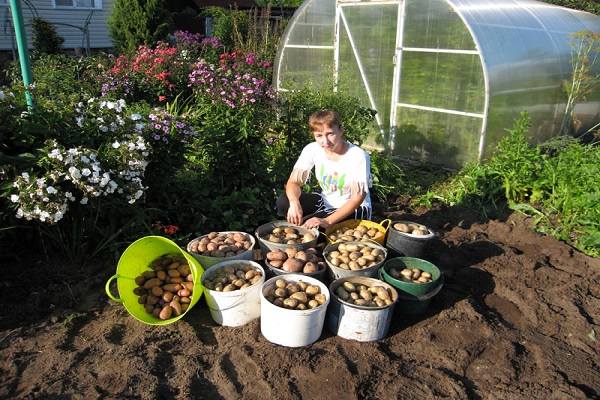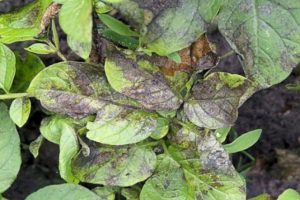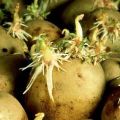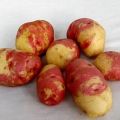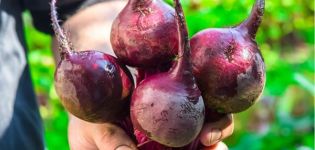Description of the Lugovskoy potato variety, cultivation features and yield
Lugovskoy's potatoes are familiar to most summer residents. The popularity of potatoes is steadily increasing due to their delicate taste, good preservation, as well as smooth tubers that have a delicate pink color. The homeland of the variety is Ukraine. It was bred in 1987 from Sineglazka, which is no less popular among gardeners.
Description of the variety
The Lugovskoy potato variety is suitable for growing in garden plots. It is also popular on an industrial scale. Customers are attracted by excellent taste and beautiful shape. This is a mid-season vegetable, the first fruits appear 75 days after germination.

Characteristics of the variety:
- white pulp;
- skin smooth to the touch;
- small eyes (from 50 to 130 g);
- high productivity;
- starch concentration - up to 19%.
It will be useful to note the good preservation of the variety. Potatoes retain their presentation until the next harvest.
The bush is characterized by erect stems with medium branching. The color of the leaves is dark green, matte, with a moderate fluff on top.

Potatoes bloom very quickly, without the formation of ovaries. The berries fall off quickly.
The properties of the potato contribute to the popularity of the variety. It is unpretentious to the soil, responds well to feeding and regular loosening of the soil.
Growing
A characteristic feature of the species is its unpretentiousness to the soil. Proper agricultural technology and care will allow you to get the highest yield possible. As a rule, root crops for planting are selected even at harvest.
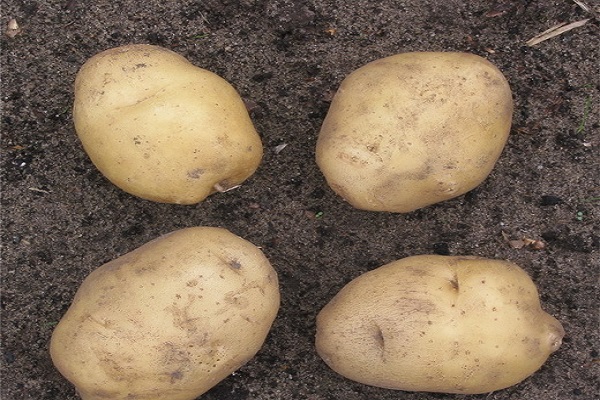
If it is not possible to change the planting site every year, then in the fall, when the crop is harvested, the soil is sown with green manure. These include:
- legumes;
- grass;
- winter crops;
- cucumbers.
In cold climates, it is best to sow with grass or winter crops. The cucumbers will not have time to ripen. Even if you just fertilize the soil with manure in the fall, as practice shows, the yield will not decrease from this.
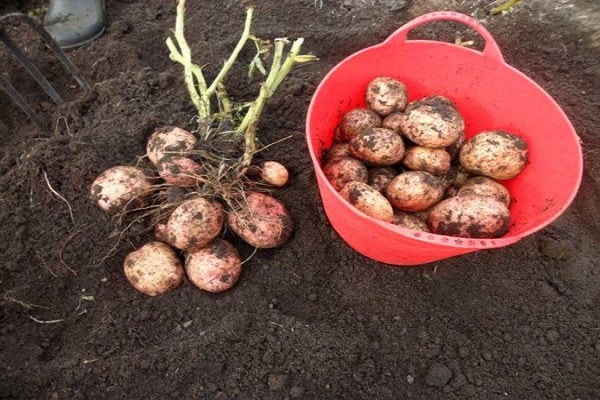
The description of the variety clearly suggests that potatoes love light. Therefore, it is necessary to plant in a well-lit area. Landing in the ground is permissible only after the ground warms up to 8 degrees, usually this is mid-May.
Note! For planting, it is recommended to take medium-sized root crops with thick shoots.
Germination must be carried out before planting, this will speed up the ripening period. You should also select the planting material, first of all, select all the rot.
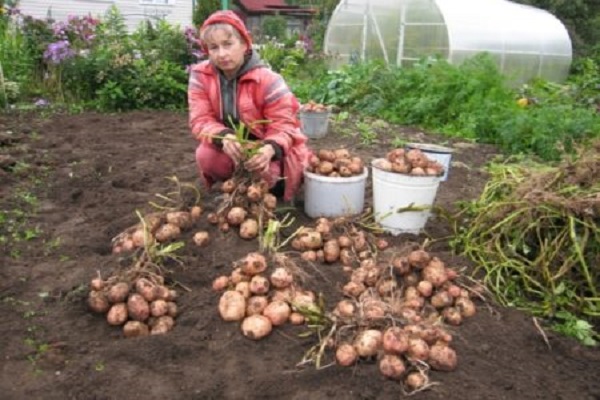
Germination can take place in various ways, for example, bag germination. For this, the roots are folded into a bag in which small holes are made for air intake. Otherwise, the potatoes will rot.
After 1.5-2 weeks, sprouts will appear. When they reach 3-4 centimeters in length, you can start planting. There is no need to wait for long shoots, the main thing is that they are powerful.
Before planting, it is better to dip the root crops in a manganese solution, and then dry them. If you cover the planted area after planting, the sprouts will hatch faster.
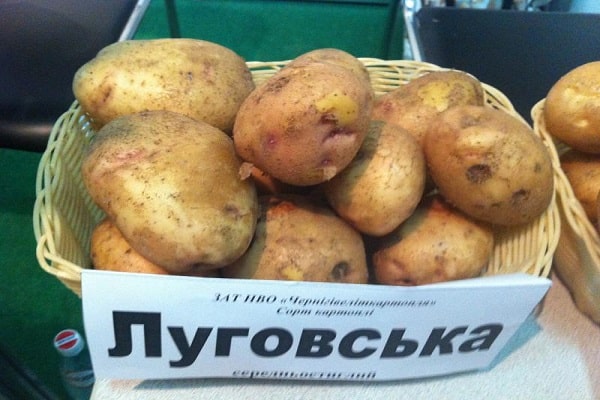
About a month before planting, it is important to re-plow the soil, and then add superphosphates or organic matter. The optimal distance between the holes is 40 cm. The greater the distance, the larger the tubers will be. As for the distance between the rows, 70 cm is optimal.
During the planting process, you need to feed the potatoes. The most commonly used chicken manure or ash.
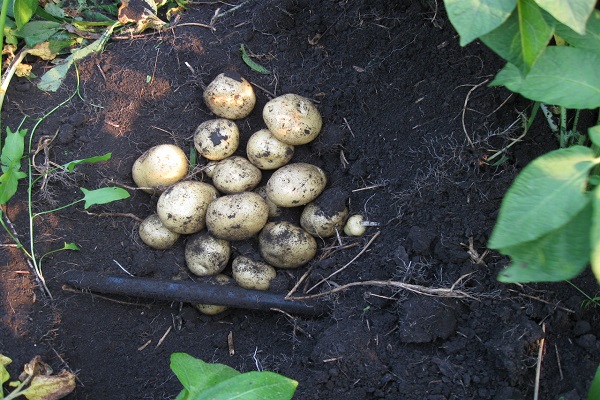
Care features
Regular cultivation is essential for a good harvest. It is carried out after "strong" shoots appear. The soil between the rows should be well loosened and weeds removed. Under humid conditions, the soil is cultivated as deep as possible (more than 10 cm). Cultivation is carried out at intervals of 15 days, at least three times. After a heavy rain, it is imperative to loosen the soil.
The peculiarities of the variety are such that residents of the middle lane may not water it at all. But in arid regions, gardeners should not allow the soil to dry out.
Hilling is not practiced in the southern regions. Adding soil causes intense moisture loss in hot weather, which negatively affects the yield.

The middle lane and the northern regions spud potatoes 2 times. The first procedure is necessary when the sprouts reach 15 cm in height, the second - after 20 days. Fertilization is done three times: during planting and budding, and after flowering.
Advantages and disadvantages
The advantages of the variety include the following properties:
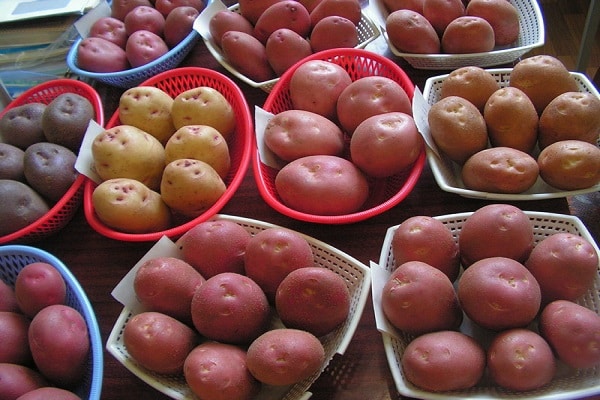
- high productivity;
- endurance to any climatic conditions;
- unpretentious care;
- long-term storage, up to a new harvest;
- good taste and presentation;
- resistance to disease.
But the main advantage of the variety is that it does not tend to degenerate. Other varieties require a change in 2–4 years, while the Lugovskoy variety is bred only with self-grown seed. That is why culture is especially popular among landowners and owners of large farms.
Among the disadvantages can be noted the sensitivity to soil nutrition.

Pests and diseases
The properties of the potato ensure its resistance to pests and diseases. However, in the absence of proper care, potatoes can be affected by fungal diseases, in particular, late blight. To prevent this from happening, the seed should be disinfected before planting. Alternatively, you can spray with fungicides before the rainy season.
For the prevention of late blight, the following means are used:
- Cuproskat.
- Copper Vitriol.
- Artsdil.
- Fitosporin.
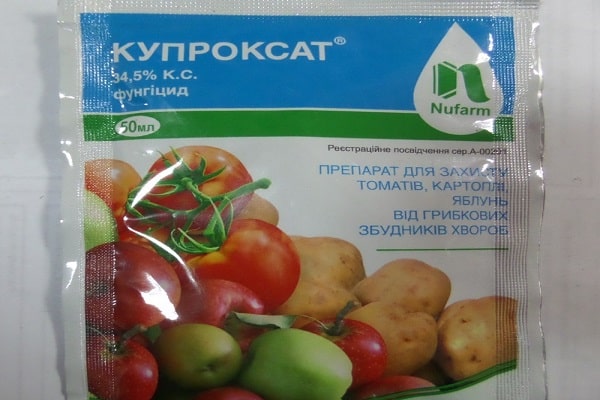
Lugovskoy potatoes are characterized by resistance to scab, potato cancer and other bacterial infections. For the prevention of the Colorado potato beetle, the variety is treated with the following means:
- Tanrek.
- Commander.
- Actellic.
When potato moths appear, use Confidor maxi or Zolon.
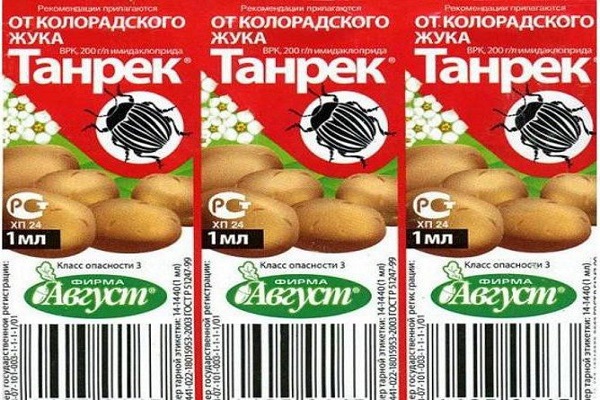
Harvesting and storage
The time to collect potatoes is signaled by yellowed and wilted tops. It is not recommended to postpone the harvesting of tubers to a later date, this will worsen the taste of potatoes. You can mow the tops before harvesting, but not at all. Rather, it is necessary for the convenience of gardeners.
The dug up roots are laid out in the sun for a couple of hours, this contributes to their airing and easy cleansing of adhered soil. Then they are sorted and put into boxes. Seed fruits are recommended to be left in the sun for 1-2 days.Green roots are less susceptible to rodents and last longer.
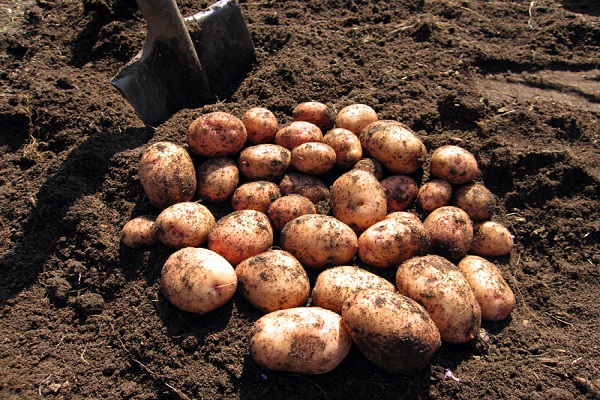
Only those tubers that are free from damage and softened areas are subject to storage. For this, it is important to carefully sort, otherwise there is a risk of losing a significant part of the crop. It is best to store potatoes in a dry basement. Its airing plays a key role in the preservation of the crop. This process is necessary to remove moisture that causes premature spoilage of root crops. It is recommended to ventilate the basement at least twice a week.
Potatoes are best stored in wooden boxes (can be replaced with wicker baskets). In very severe frosts, cover the potatoes with hay or straw, and put burlap or warm cloth on top. This will protect the roots from condensation that forms in such weather on the ceiling and walls of the room. This is one of the main causes of potato spoilage. To eliminate this process, it is recommended to install a suspended film ceiling in the basement.
